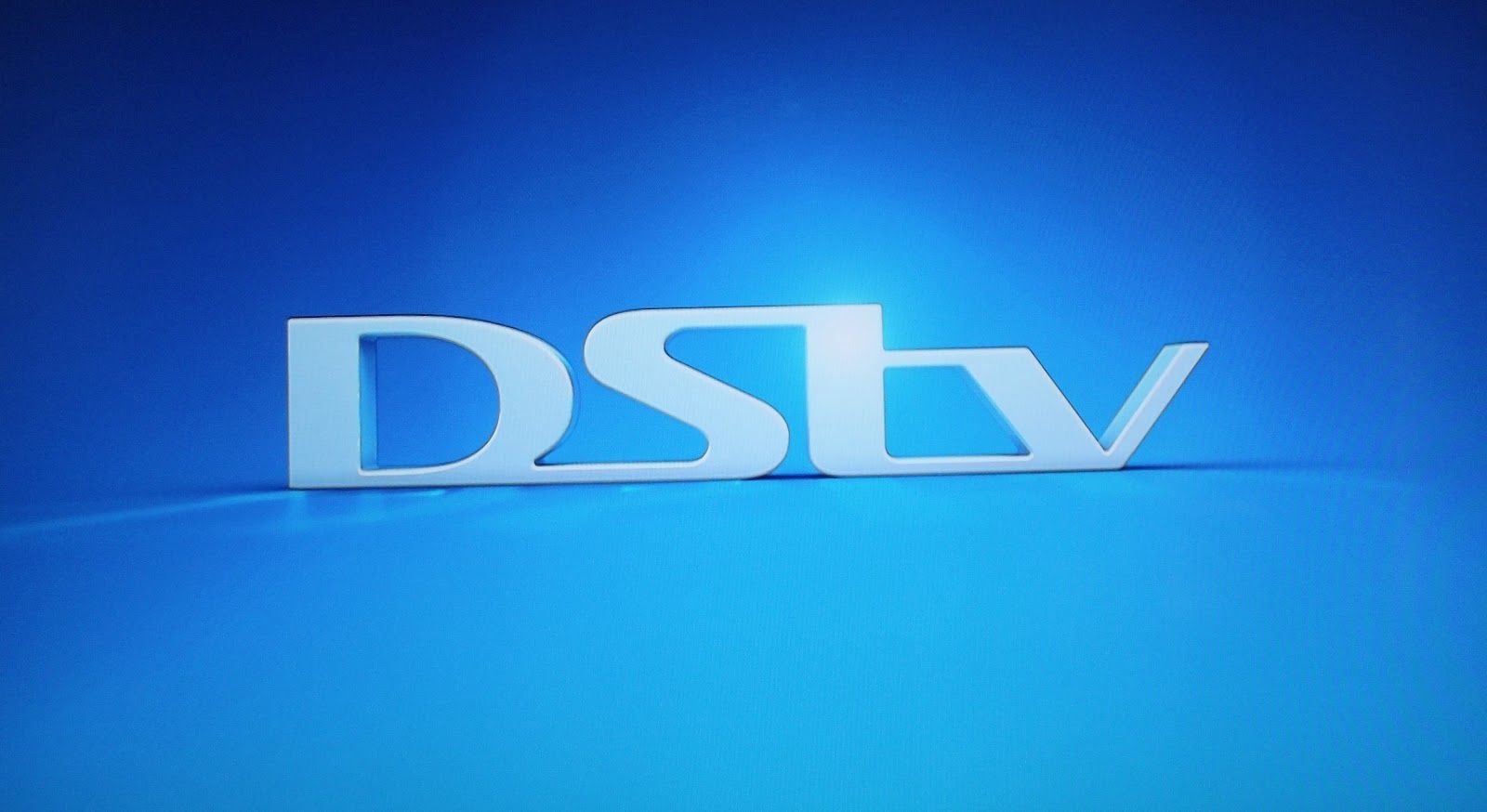DSTV's big problem
If your customers are taking to public radio stations to tell everyone how bad your offering is, your CLV and CAS are both going in the wrong direction and this should be a very loud alarm bell for you.

We are currently deep in the process of researching the critical components of success in subscription business models.
Netflix, Adobe, G-Suite, Birchbox - these are all well-known and successful subscription-based businesses.
It almost feels like every business is trying to be a subscription business these days and those that aren't, bloody-well should be.
But getting a subscription business working well and growing is not easy.
In fact, getting the strategy right in this model is something of a marketing holy grail, which is why we're researching the topic so intently for a client.
There are a lot of good examples of successful strategies, but there is also a lot to learn from those that had it all and then screwed it up.
For a great case study in how not to do it - there's no better example than DSTV.
If you listen to talk radio in South Africa - one of the hottest topics for people to focus on is to bitterly complain about DSTV.
Customers love to hate DSTV; and taking time to share their public hatred of the brand with others is probably the sideline entertainment that makes the whopping subscription price partially worth it.
For those that don't know what DSTV is - it's Africa's premium satellite TV subscription offering. If you want to watch sport, news, have access to the Discovery Channel, History Channel etc etc; it's your one-and-only option.
A long time ago, DSTV was seen as a radical innovator. Over the years however, public sentiment has increasingly turned against the brand.
So what then is DSTV's big problem?
Well they have a few really.
- Price: Even though the service offers probably the very best coverage of sport on any bouquet in the world, the perception is that the price of R1000 a month for the premium offering is very expensive. Look, it is a lot of money, but for what you get (at least sport-wise) it's actually not bad at all. Perception is reality though - and the overwhelming 'feeling' amongst customers is that they are getting screwed.
- Sport: If you are not 100% a sports fanatic - then the price is actually way too high. One issue is that the quality of the sport content has grown and evolved over the years (actually driving the increase in subscription price), but the rest of the content (the other 120+ channels) hasn't. So when customers judge the value they get from the other channels against their R1000 a month, they feel ripped off.
- Customer service: Multichoice goes out of their way to make sure that the quality of their customer service is so bad, that nothing else (not even Telkom, or dealing with a municipality) can compare. They are literally world champions at driving customers to the edge of their frustration limits. The usability of their apps and online service platforms are equally appalling. Good subscription services literally require the exact opposite, so little wonder then that they generate a bad reputation, like Eskom can generate a blackout.
- Listening to the customer: DSTV are also really good at simply ignoring the feedback from their customers. As previously mentioned, the local talk radio channels are full of helpful hints and tips as to how management of the service could possibly improve, all of which gets ignored. Management are also great at simply not communicating with customers. They're not out there trying to reframe the reason for the subscription fees or working tirelessly to solve the problem.
- Customer-centricity: Multichoice (the owners of DSTV) clearly service their own interests, and the interests of their primary shareholder, and have absolutely no intent on delighting their customers what-so-ever. They would most probably argue otherwise (obviously), but there is very little evidence that they are trying to retain their best customers and reward their loyalty.
- No competition: For now, there is no competition for the sporting content that DSTV offers. This has made DSTV complacent and in serious danger when that competition does eventually arrive. This complacency has ensured a lack of innovation and open disdain for their subscribers means that current customers will undoubted jump ship as soon as they can. Streaming sport options are however coming at some stage. When they do, there is very little reason to carry on relying on the DSTV offering.
- Tiering: Price tiering is meant to migrate customers from cheaper options up to premium options over time. With DSTV the opposite is true. Many economically stretched customers downgrade their subscriptions to lower-priced offerings during tougher time; losing revenue for the business and downgrading the customer lifetime value of their base. Their retention strategy then works against them, because they still need to (poorly) service those customers.
- Reconnection fees: Modern content subscription services allow customers to cancel at any time, and then welcome them back with open arms when they reconnect without penalising them. DSTV charge an annoying reconnection fee after a lapsed subscription is renewed. Even though the fee is small, this kind of customer treatment is unique. As far as we know, there is no marketing textbook that suggests that you treat your customers like naughty children, even the bad ones. So this kind of mistreatment is an innovation that DSTV seems to have come up with all by themselves claiming that the fee is necessary for 'admin purposes'. You would think that a business that makes as much profit as they do, would perhaps reconsider this kind of penalty.
So what can future subscription businesses learn from the DSTV case study?
Consumers don't really want to subscribe to a service; they would far rather just pay as they go. So in exchange for this kind of financial loyalty and commitment the subscription needs to offer substantial customer value. The price needs to be compelling and the product highly-desirable.
The quality of the relationship with your customer is the most important and many world-class subscription services personalise their offering based on their customers individual needs. Good customers are incentivised to stay longer, the strategic intent for the business being to maximising customer lifetime value (CLV) while minimising customer acquisition costs (CAS).
If your customers are taking to public radio stations to tell everyone how bad your offering is, your CLV and CAS benchmarks are both going in the wrong direction and this should be a very loud alarm bell for you.

